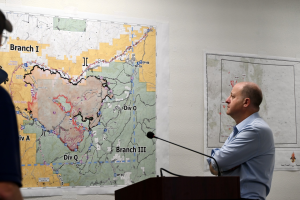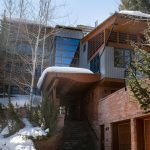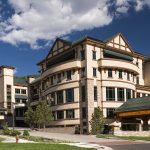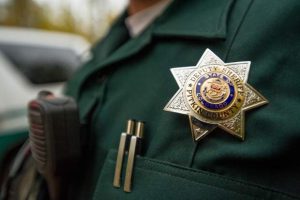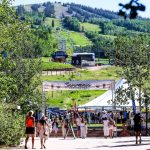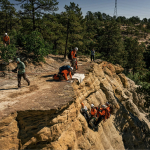Colorado Gov. Jared Polis visits the Western Slope as wildfires rage
Governor speaks about the heightened and historic fire activity and Colorado’s firefighting resources
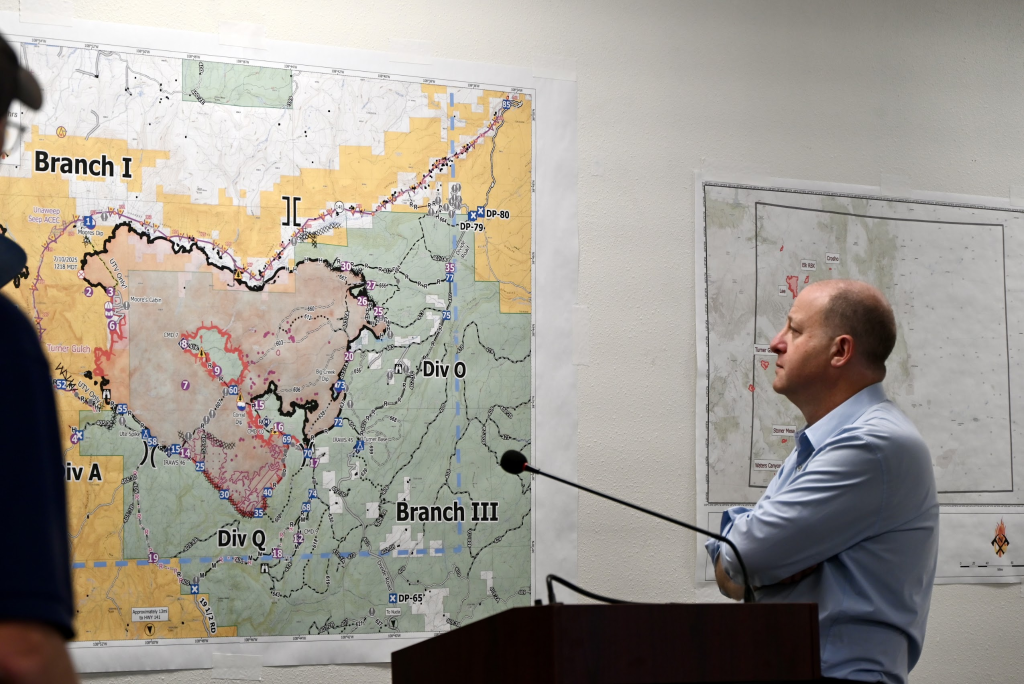
Colorado Governor’s Office/Courtesy Photo
As Colorado Gov. Jared Polis made his way to Mesa County on Thursday to visit Palisade producers and the Turner Gulch Fire Command Center in Grand Junction, a brush fire ignited right off Interstate 70 in West Rifle, not far south of where the Lee fire has burned over 133,000 acres.
While fire crews quickly got the fire under control and reopened the interstate to westbound traffic around two hours later, the ignition followed weeks of intense fire activity and danger in the region and across Colorado.
“It’s expected to continue to be hot and dry, and things are very dry right now,” Polis said in a phone interview on his way to Palisade from Grand Junction. “We’re continuing to be vigilant. We want to make sure people avoid campfires, dispersed shooting, fireworks — we want to at least avoid what we can control, and that’s human-caused fires.”
Polis signed an executive order earlier in the day declaring a statewide disaster emergency.
“It’s very important that we have the state resources — and the resources we have on loan through mutual aid — to be able to hit fires earlier before they become bigger,” Polis said.
Nine major fires are currently burning in Colorado, with 20 uncontrolled fires.
This includes the Lee fire in Rio Blanco County, which has grown to the fifth largest in state history in the 13 days since it was ignited by lightning. As of Friday morning, the fire was 12% contained at 133,841 acres, just 4,000 acres shy of the state’s fourth-largest fire.
Other major fire incidents include the nearby Elk fire — also in Rio Blanco County, which, as of Friday morning, is 93% contained and has burned 14,518 acres — and the Crosho fire in Routt County. Crosho, just northwest of Yampa, reached 2,200 acres by Friday morning with 0% containment. It also includes the Turner Gulch fire burning at 31,695 acres in Mesa County and 75% contained, the Stoner Mesa fire in Dolores County burning at 7,390 acres with no containment, and the South Rim fire in Black Canyon of the Gunnison National Park burning at 4,232 acres with 52% containment.
Several of these large-scale fires, including the Lee, Elk, Crosho and Turner Gulch fires, have received verbal disaster declarations from the governor, which turns management over to the state and deploys the Colorado National Guard. Thursday’s executive order is more preventative and allows the state to hit “non-disaster areas earlier and quicker to prevent them from becoming disasters,” Polis said.
“We’re establishing a method where the entire fire risk area is considered a disaster declaration so we can better deploy resources to prevent fires from becoming larger rather than just reacting after they already reach a critical status,” he added.
The order authorizes, but does not deploy, the use of the Colorado National Guard for fire response, as well as allocates emergency funding to support firefighting efforts.
Around 2,395 individuals are currently involved in fighting Colorado wildfires. Visiting the Western Slope and specifically the Turner Gulch Command Center, Polis said he was able to express his gratitude for the firefighters and support personnel helping on the ground as well as connect with individuals impacted by the incidents. This included a rancher who was among the many who had to move cattle off allotments where the Turner Gulch fire burned.
“I think the estimate for Turner Gulch is about 800 cattle that had to be moved,” Polis said. “So that’s a significant operation in its own right, often involving our federal partners, U.S. Forest Service land, (Bureau of Land Management) land.”
Colorado currently has “more resources than we’ve ever had before,” Polis said, adding that the state has more than in 2020, when fires “destroyed over 800,000 acres.”
“But again, the need overwhelms any level of resources,” he said. “Every fire is about protecting critical resources, homes, people, and many of them continue to grow in other directions. So we just have to make sure we can minimize loss of life and property damage.”
While this year has seen fewer acres burned than in 2020, the fire activity is still greater than in many years, including last year, when 80,000 acres were destroyed, Polis said.
“Now we want to make sure we can avoid that,” he added. “That’s part of today’s executive action, to hit smaller fires earlier to avoid that kind of spread.”
According to the state’s wildfire dashboard, Colorado’s 20 wildfires are currently burning around 200,000 acres — over twice the size of the City and County of Denver, which covers around 99,000 acres.

